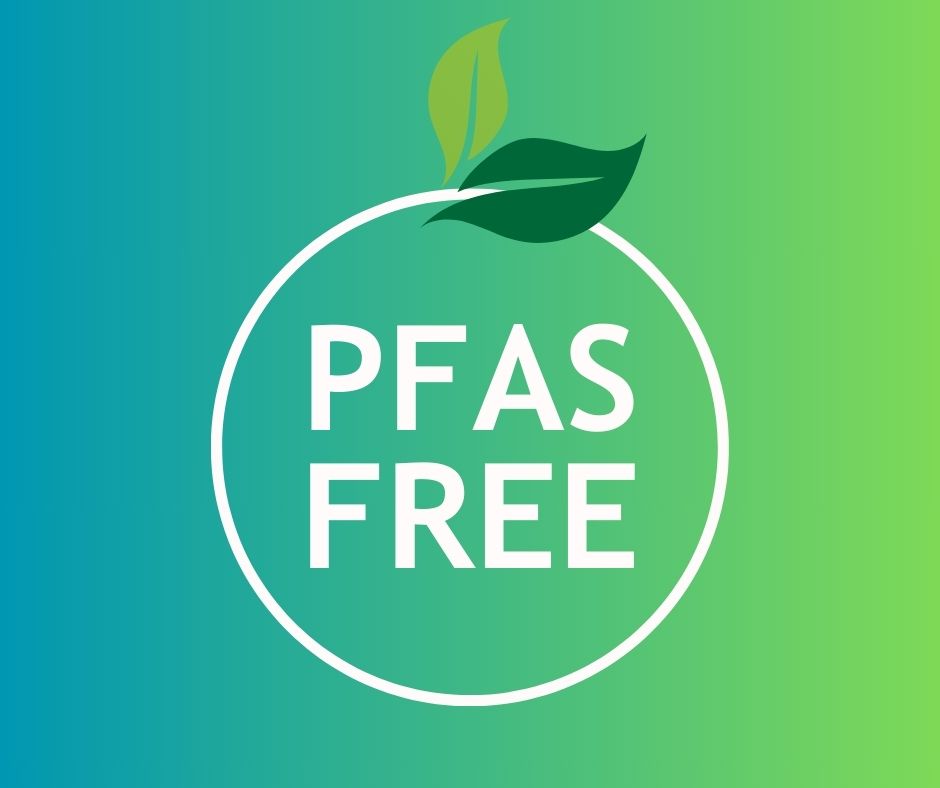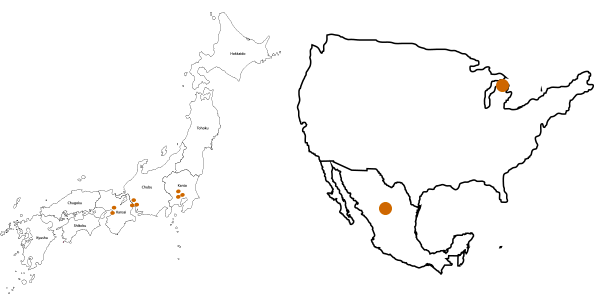According to a recent report, the State of Michigan has the most Per-and polyfluoroalkyl substances (PFAS) sites in the nation. Commonly known as “forever chemicals”, PFAS are a nearly indestructible class of chemicals that were discovered in the late 1930s, widely used since the 1950s, and are nearly impossible to avoid. Certain PFAS do not breakdown in the environment, can build up in living things, and can adversely impact human health and the environment.
PFAS can be found in everyday products, such as:
- Cleaning products;
- Water-resistant fabrics, such as rain jackets, umbrellas and tents;
- Nonstick cookware;
- Personal care products, like shampoo, dental floss, nail polish, and eye makeup; and
- Stain-resistant coatings used on carpets, upholstery, and other fabrics.
Some ways we are exposed to PFAS include:
- Drinking contaminated municipal or private well water;
- Eating fish with high levels of PFAS;
- Eating food grown or raised near places that used or made PFAS;
- Eating food packaged in material made with PFAS;
- Swallowing contaminated soil or dust; and
- Using some consumer products, such as nonstick cookware, ski wax, and water repellant sprays for fabrics.
Possible health side effects of high PFAS levels may include:
- Increased cholesterol levels;
- Increased risk of thyroid disease and some cancers;
- Increased risk high blood pressure or pre-eclampsia during pregnancy; and
- Lower infant birth weights.
In 2018, Michigan was the first state in the nation to test every public drinking water supply in the state. Michigan has also implemented an Action Response Team (MPART). Their website includes resources for residents, a list of identified PFAS sites, as well as public engagement information. For more information, go to: https://www.michigan.gov/pfasresponse.

















